Macedonian National Pavilion FreeingSpace
16th International Architecture Exhibition
La Biennale di Venezia 2018
Museum of Contemporary Art – Skopje 2019
Support: Lea Bradasevic, Marta Bruschy, Kay Fischer
Reconnecting is one of four projects conceived for the
exhibition FreeingSpace by the curators Slobodan Velevski and Marija Mano Velevska, organized by the Museum of Contemporary Art – Skopje. FreeingSpace aims to liberate the publicness of Skopje by reviewing its distinctive fragments, i.e. four of them in this case.
Reconnecting is confronting the ideological and political transformation of the City of Skopje by the governmental project Skopje 2014. As a continuation of the research (De)constructing Architectural Memory, this project is the result of a trajectory of retracing, analyzing and evaluating the legacy of the many over-layered architectural and urbanistic processes, Skopje2014 being one of the latest, which through the course of time have been reshaping the central tissue of Skopje.
Reconnecting is an attempt to improve the state of the free space by reflecting on the past, context-related, architectural events and designing for the present-day needs. Although the project has focused its area of interest to a specific city block, the concept idea always had a broader influence in mind.
Reconnecting is undertaking an overly densified city fragment next to the river of Vardar. It is a very central city segment without any defined open spaces or public program and with no clear relationship to its surroundings.
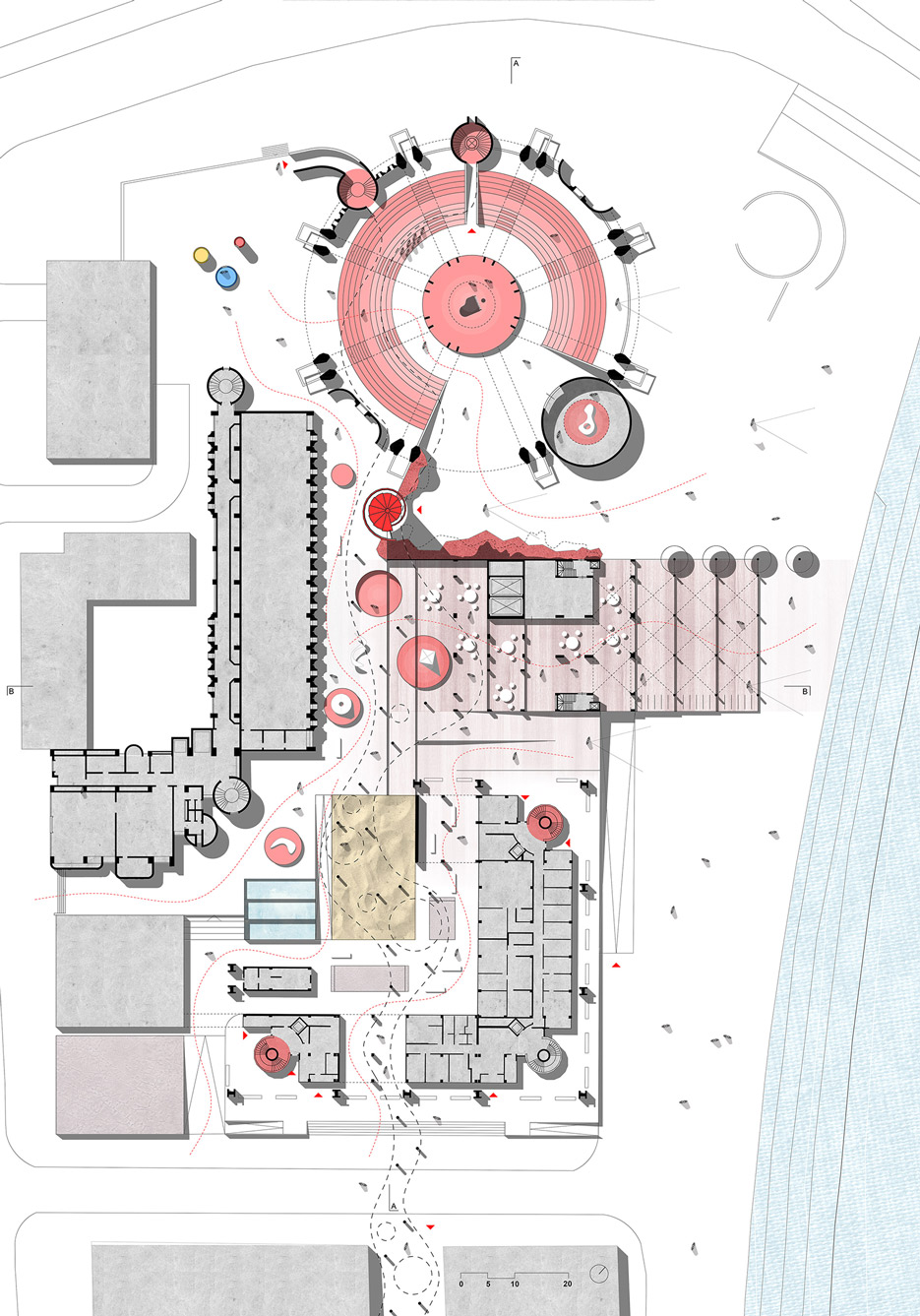
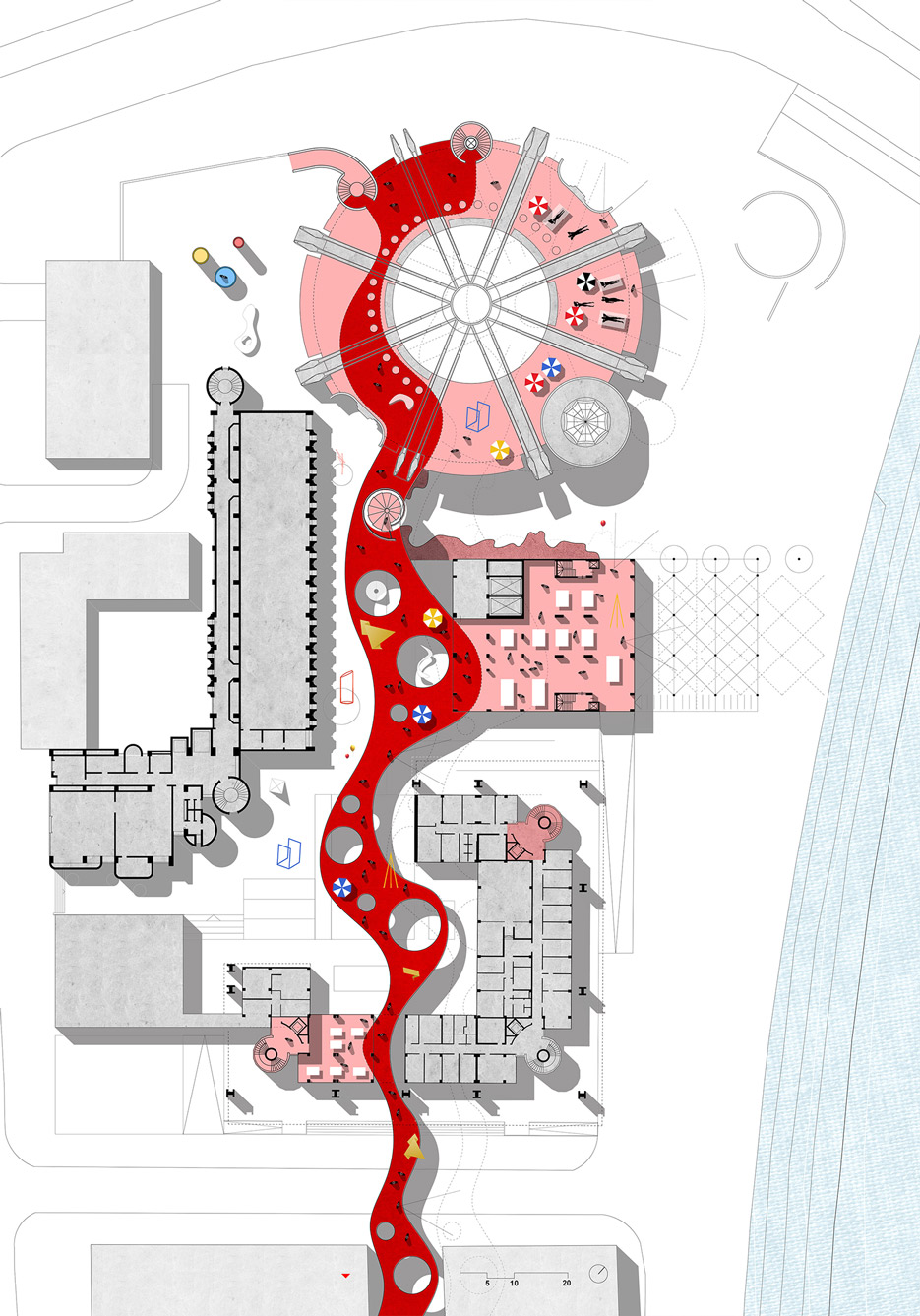
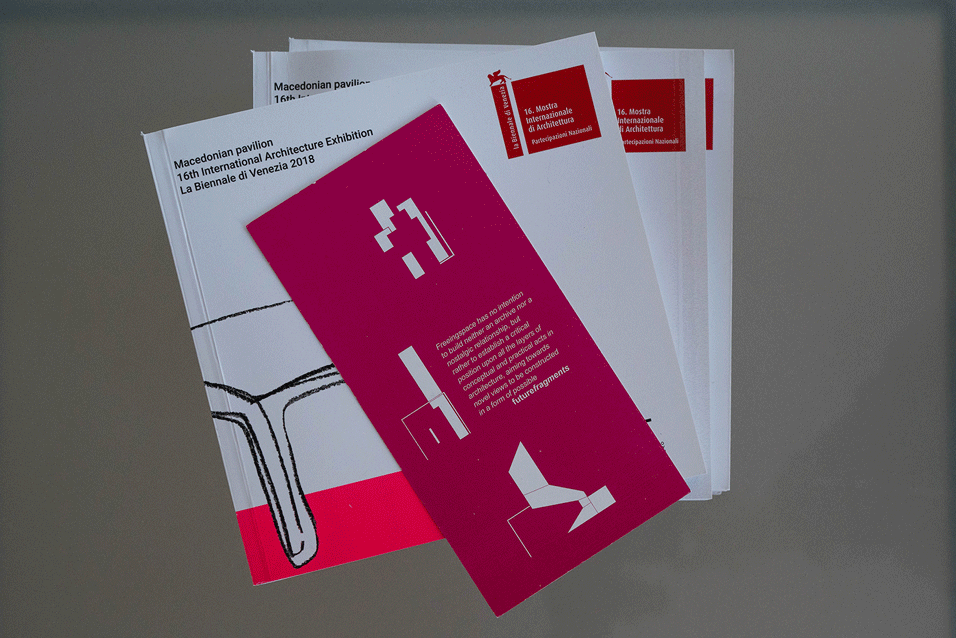
The project aims to (re)connect this city fragment to its built surroundings, to the river of Vardar and with that, to the city itself. This goal is to be met not only by spatial intervention, but also by partial reprogramming.
As many new buildings arose in the past years, the link between this city fragment and the main city square was disrupted, the plaza in the middle of this block was erased and the buildings assembling this block were left without a clear orientation. A big part of the city center, this specific fragment included, went under a process of refacading with a very questionable architectural value.
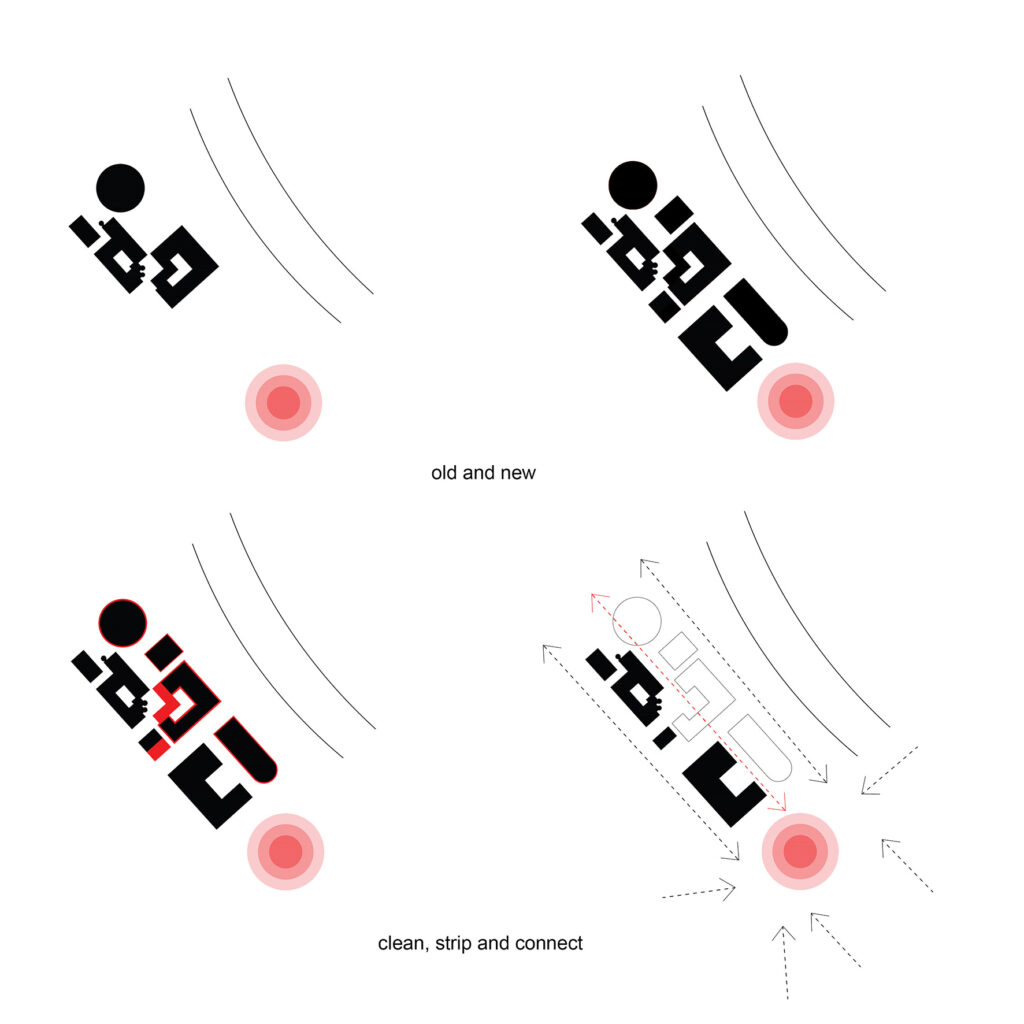
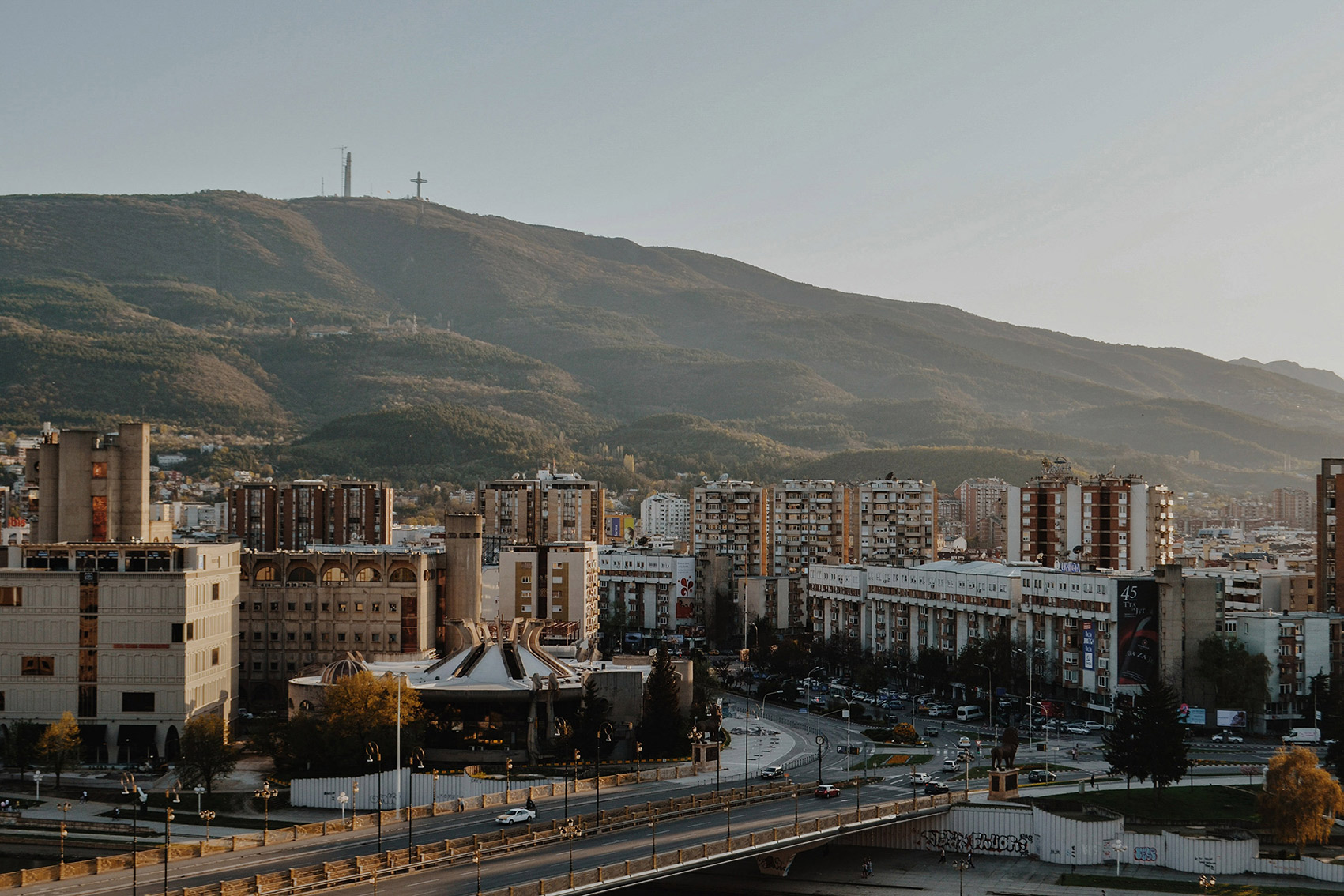
Photo by Aleksandar Kyng
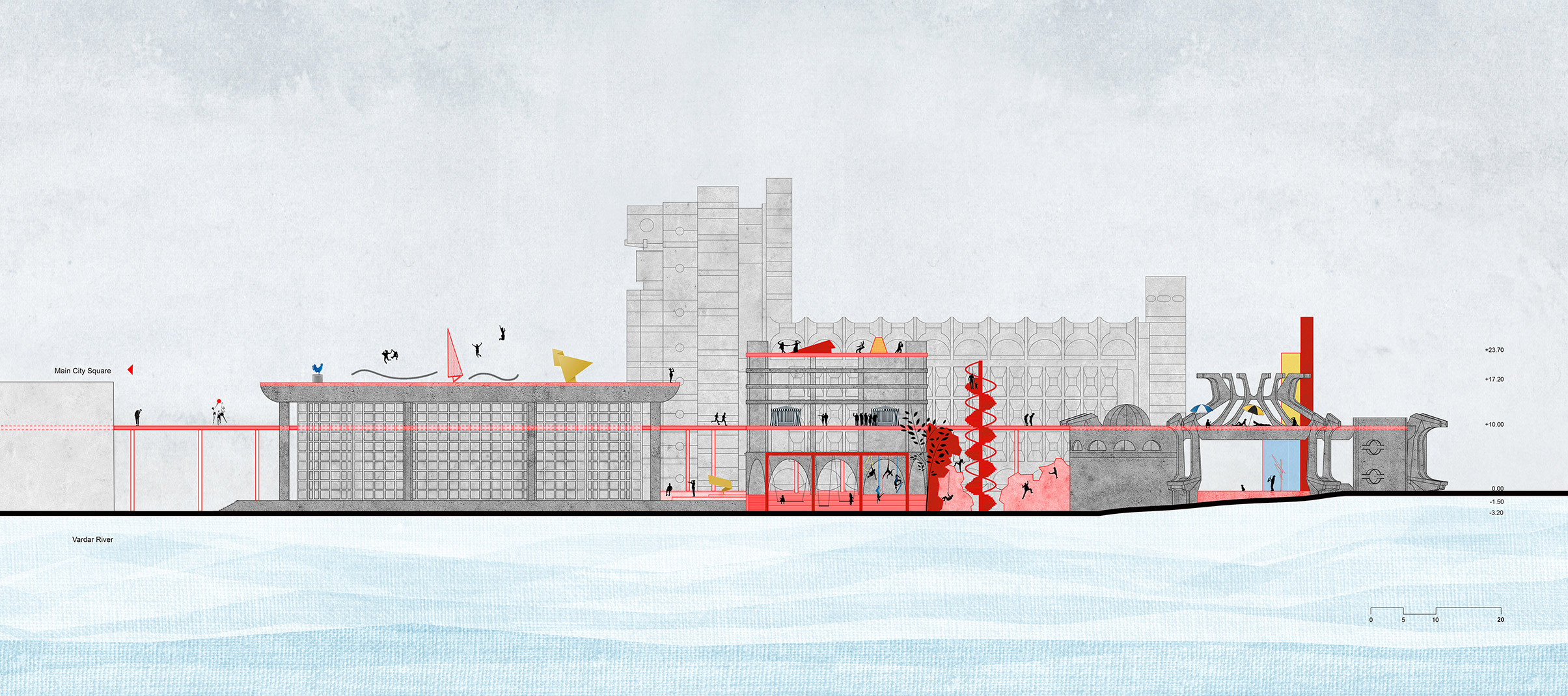
By designing a new pedestrian platform, 10 meters above ground, meandering through the built environment, the project is recreating the lost link with the main city square. Free space is given to the public and a visual relationship with the river is produced. The platform is interacting with the existing buildings, taking over parts to create public pockets which pierce in different directions, giving the public a visual orientation in the city. These pockets are designed as gathering points with different activity themes.
By stripping down the façades of the buildings along the riverbank, the visual porosity is enhanced even more, which generates spatial fluidity and shifts the character of this city segment from lifeless and introvert to transparent and interactive.
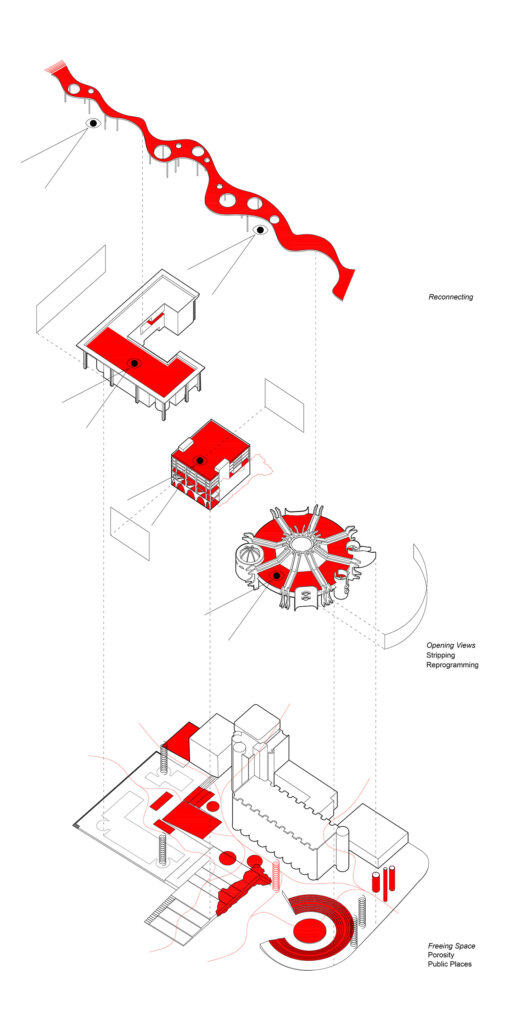
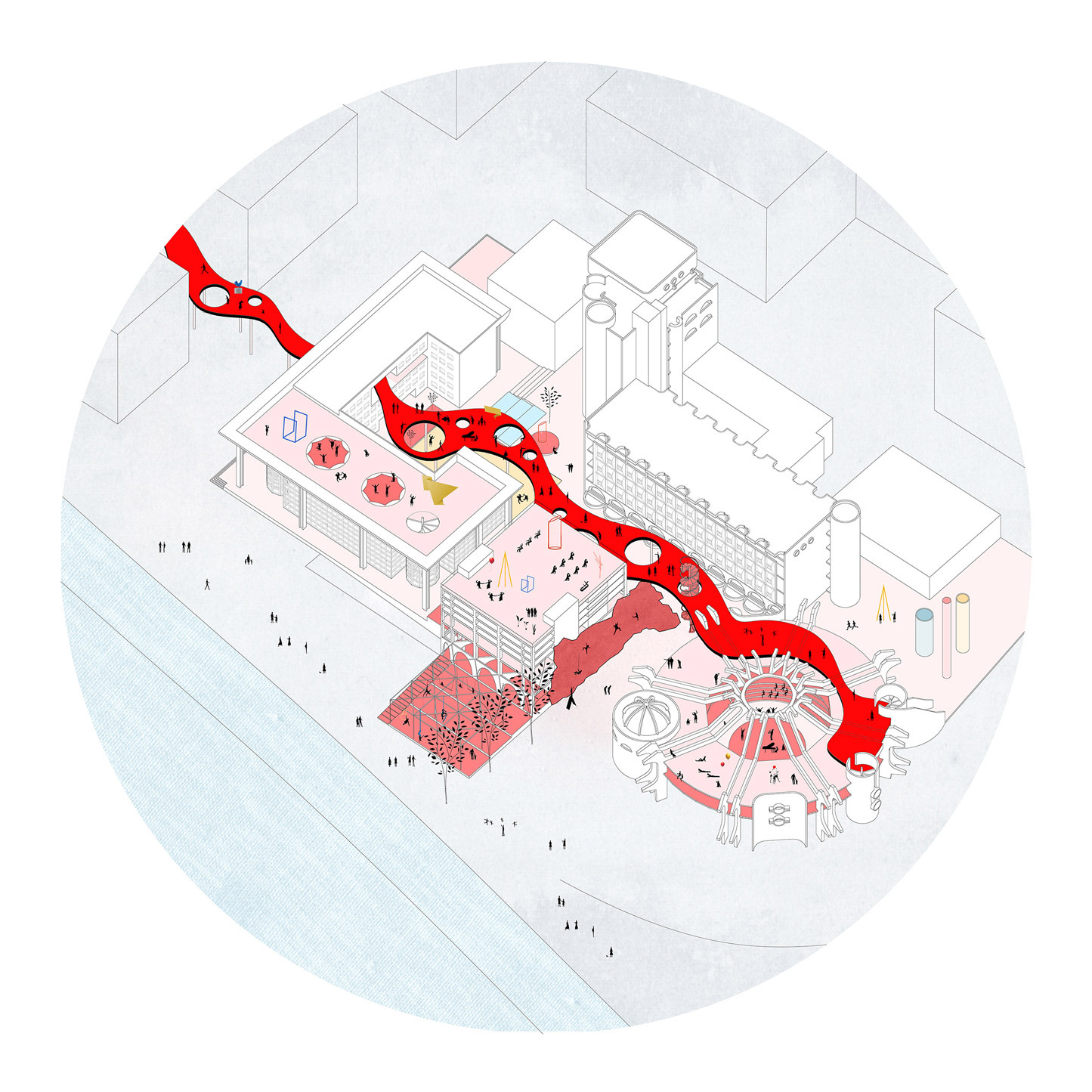
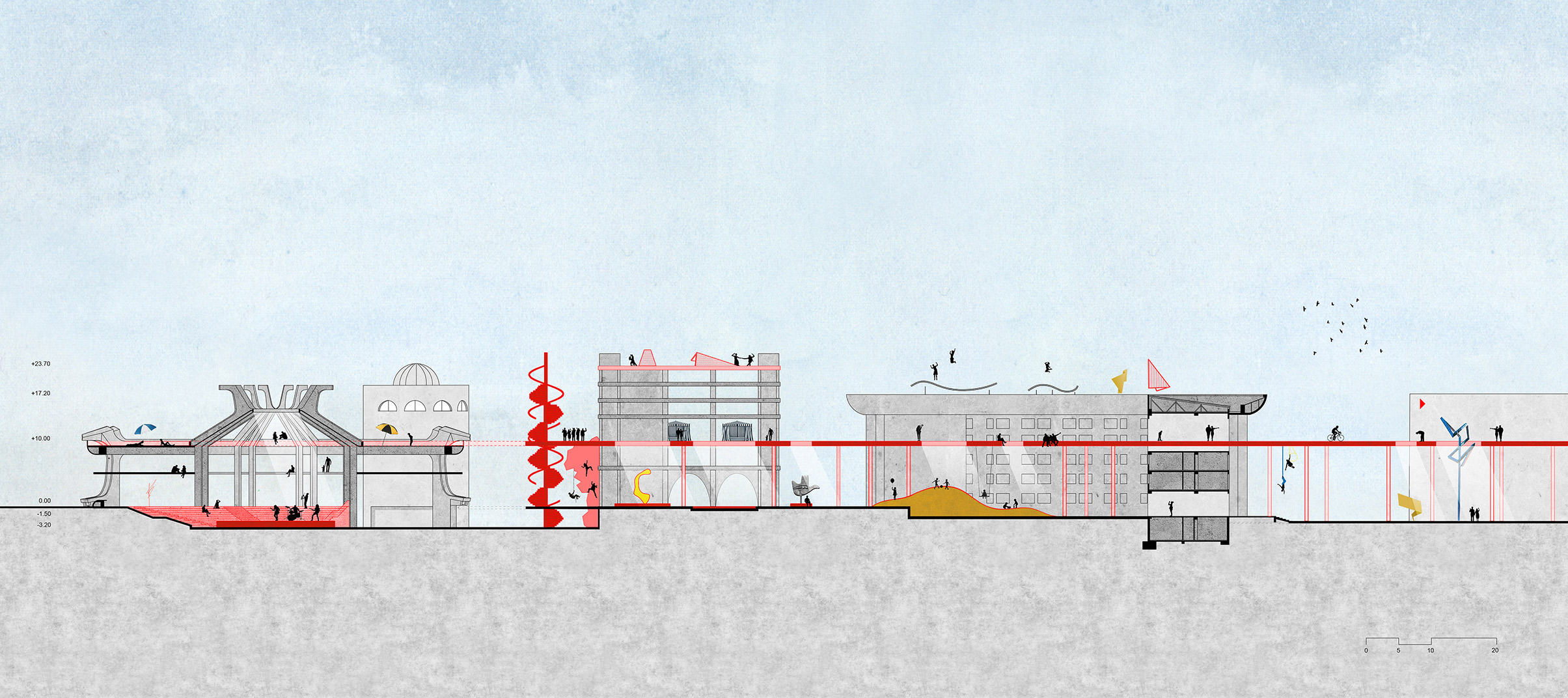
A part of this city fragment is the main hall of the Telecommunications Centre, an architectural landmark with a strong visual character, but a building which no longer has a functional use in present times.
By repurposing it into a covered amphitheater leading to the riverbank, the lost plaza is being replaced, the building’s architectural presence is kept and a new link with the river is created.
By freeing space, clearing the accessibility and porosity of this city fragment and introducing new programmatic segments for the public, activity and interaction with the space is generated, bringing liveliness and opportunities to inhabit the newly created freespace.
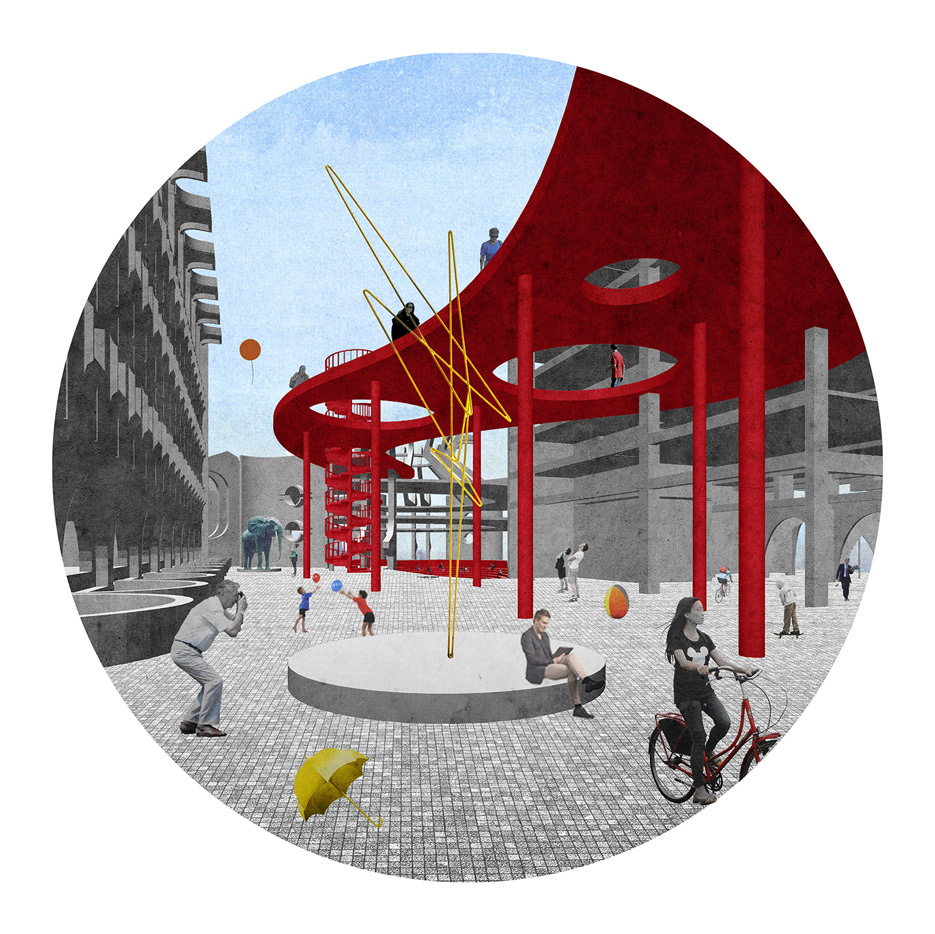
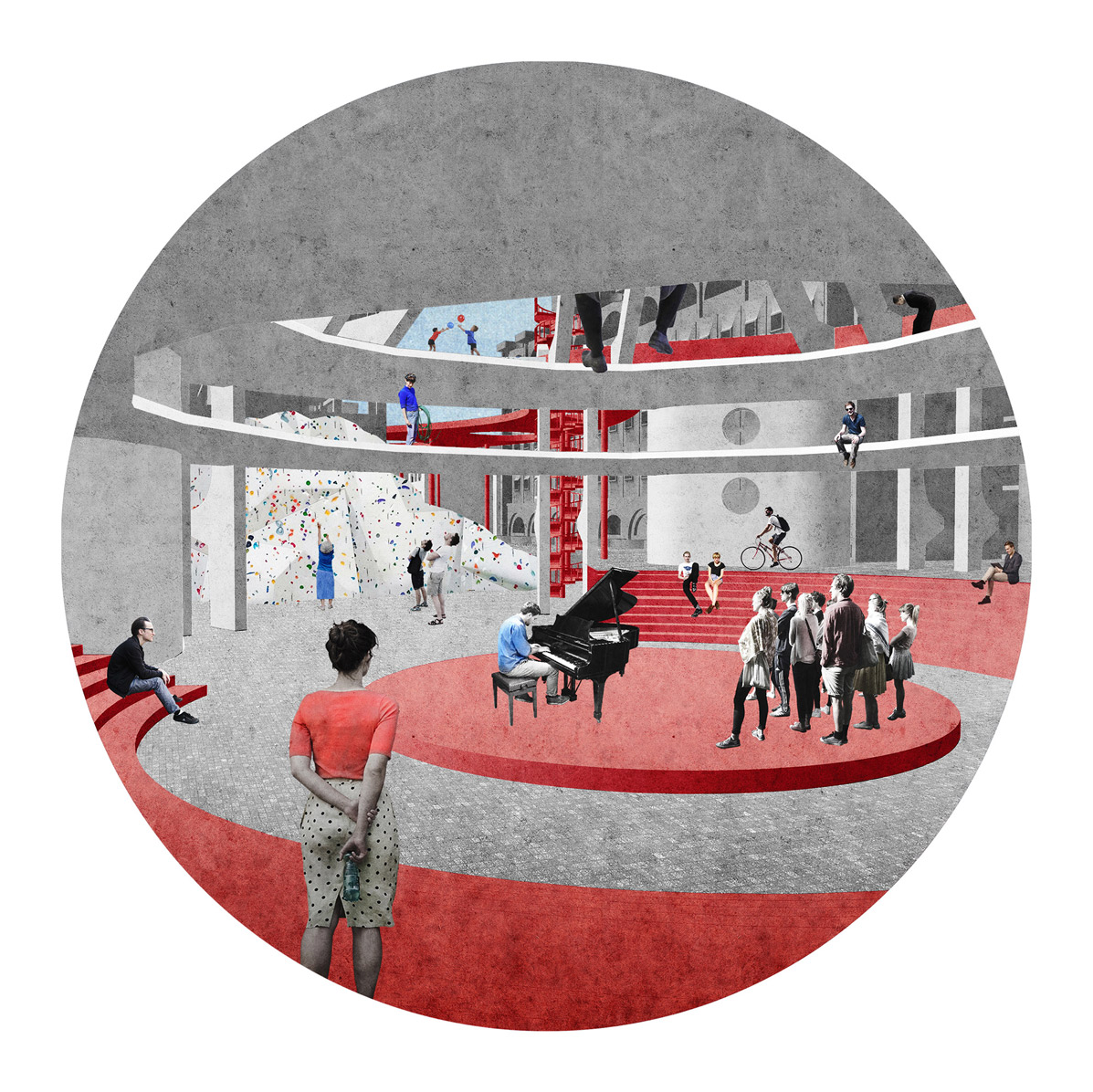
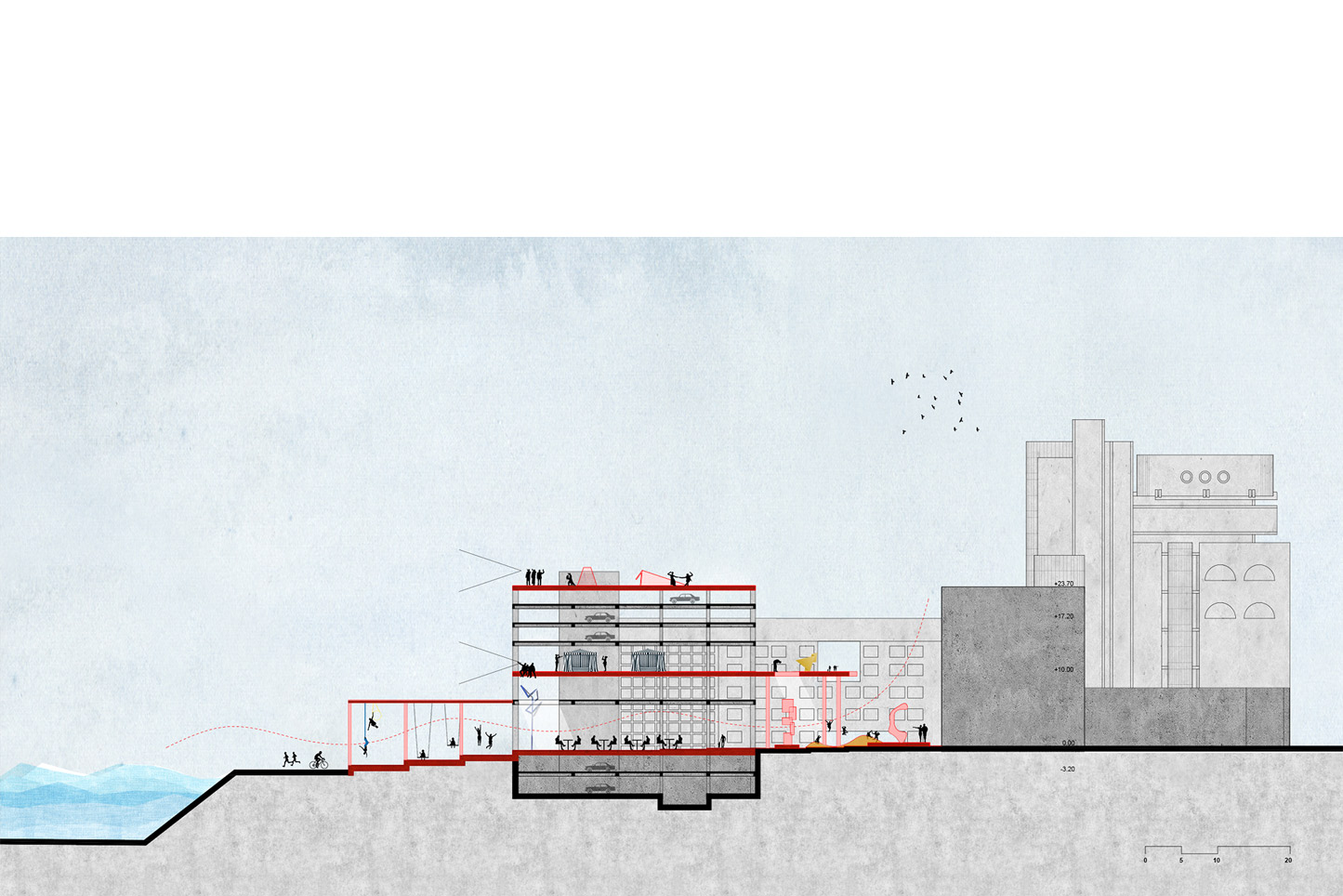
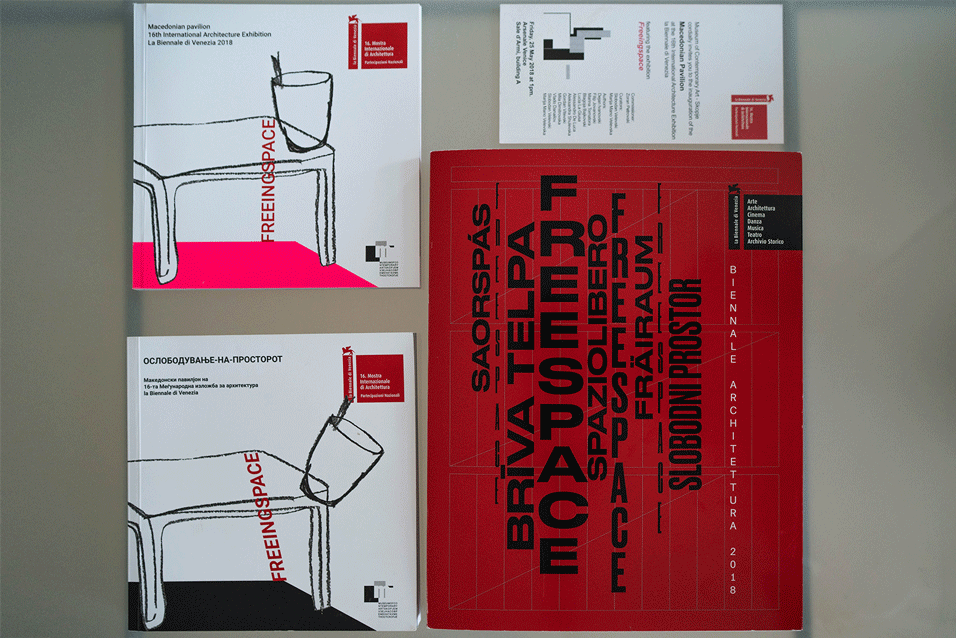
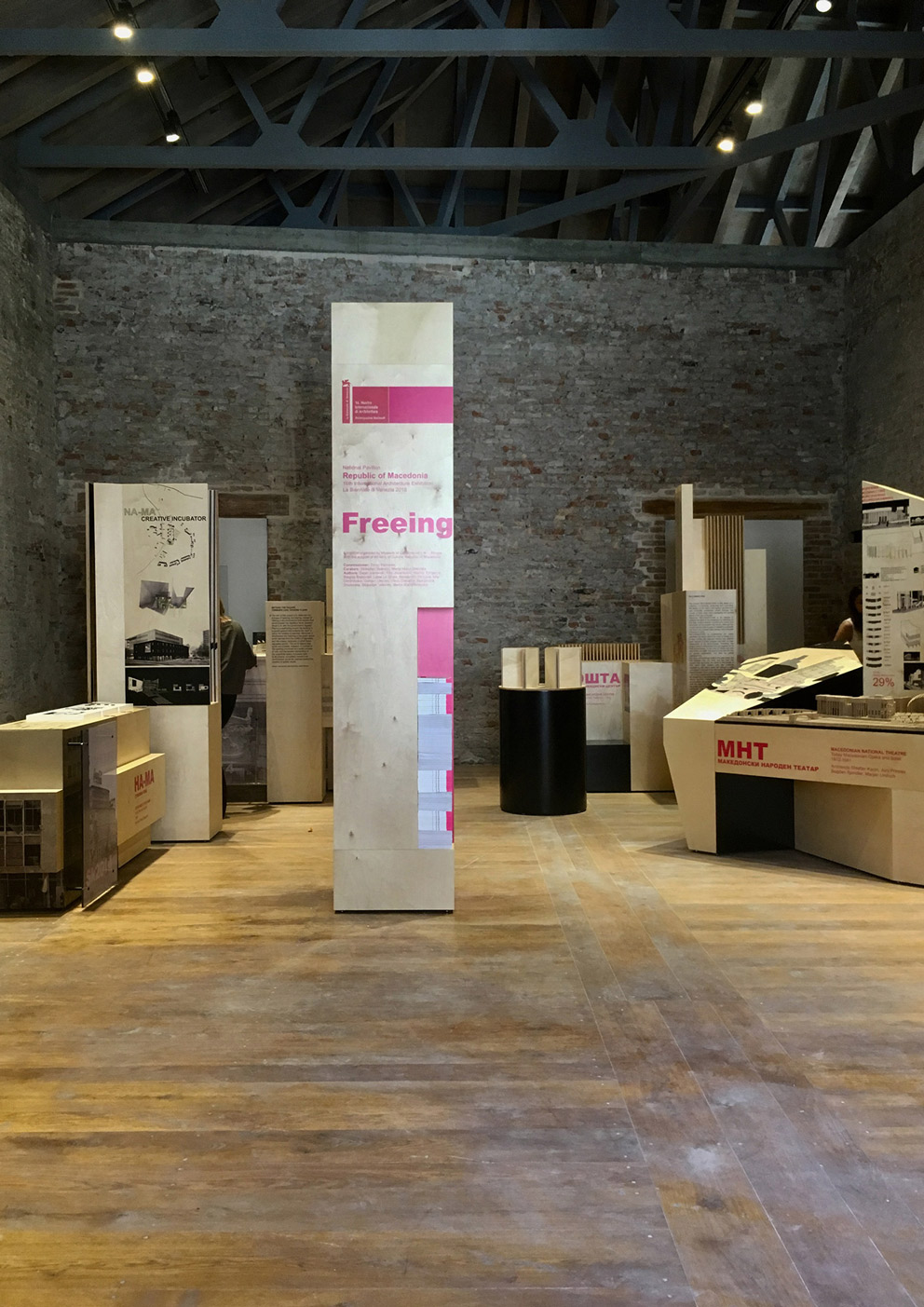
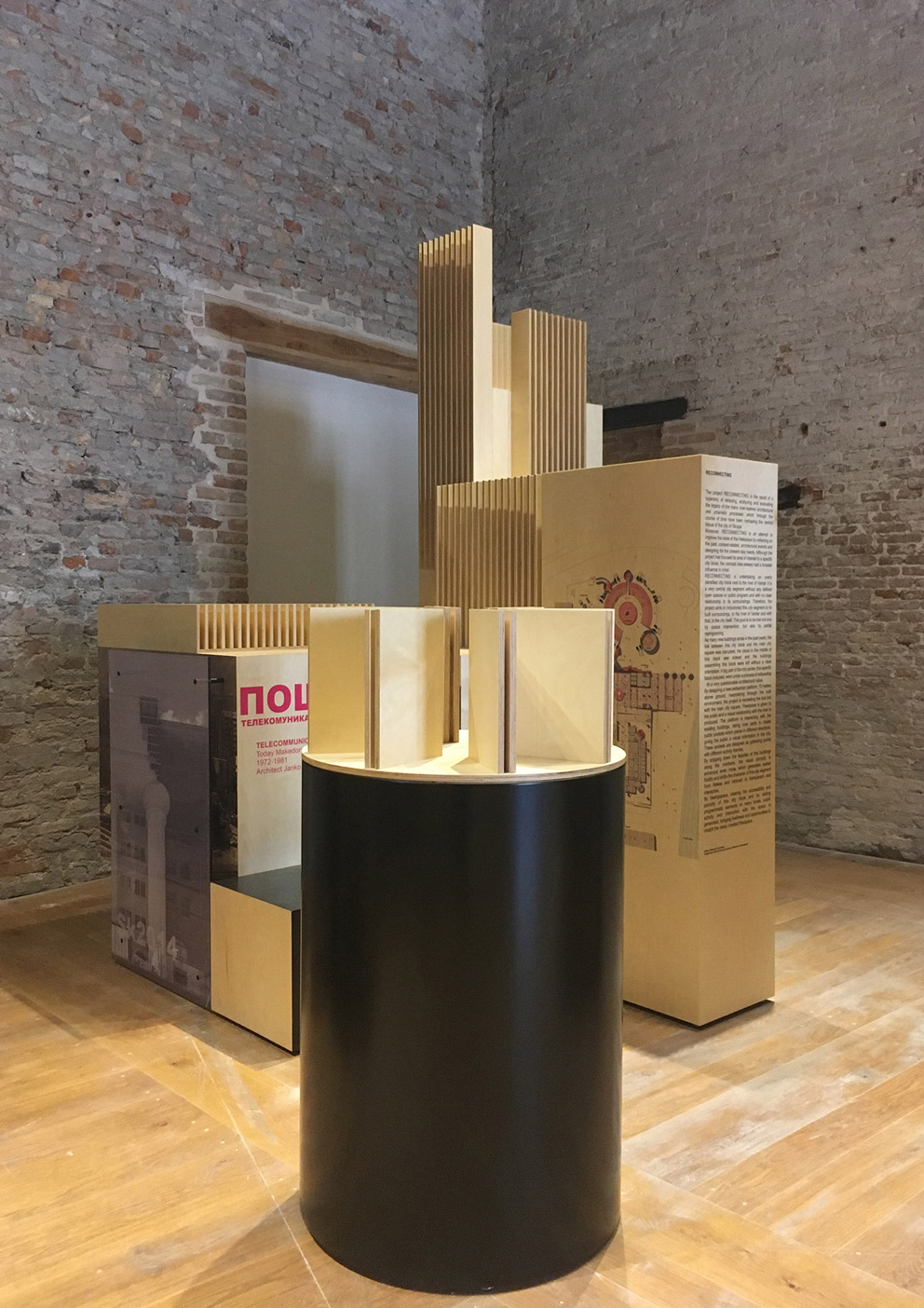
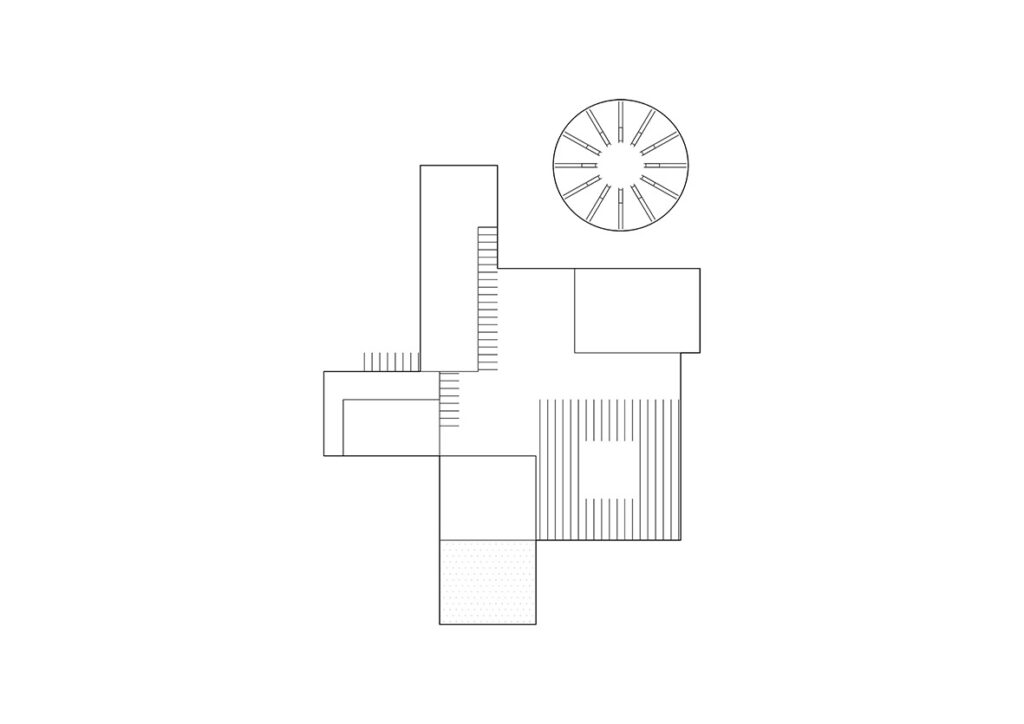
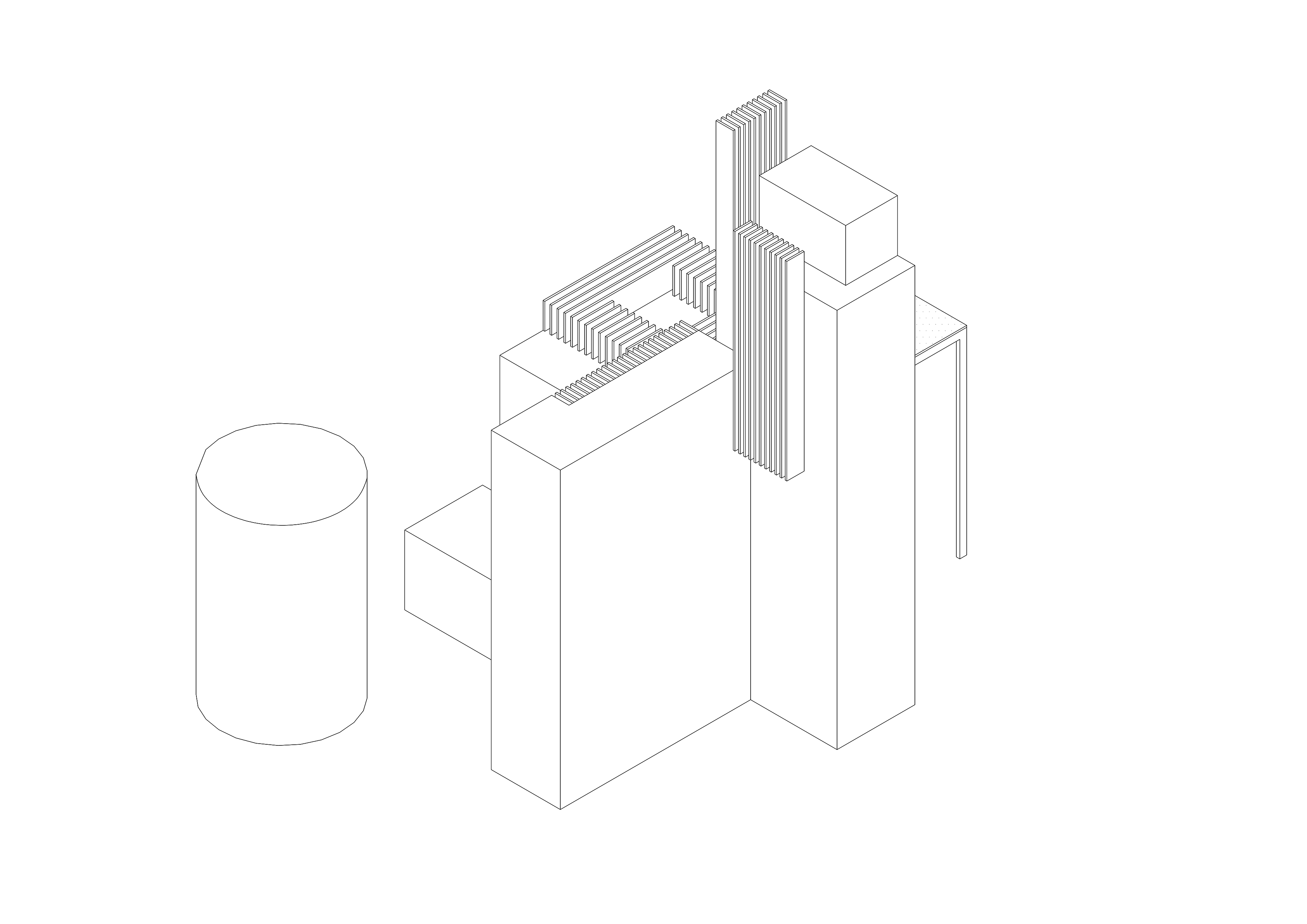
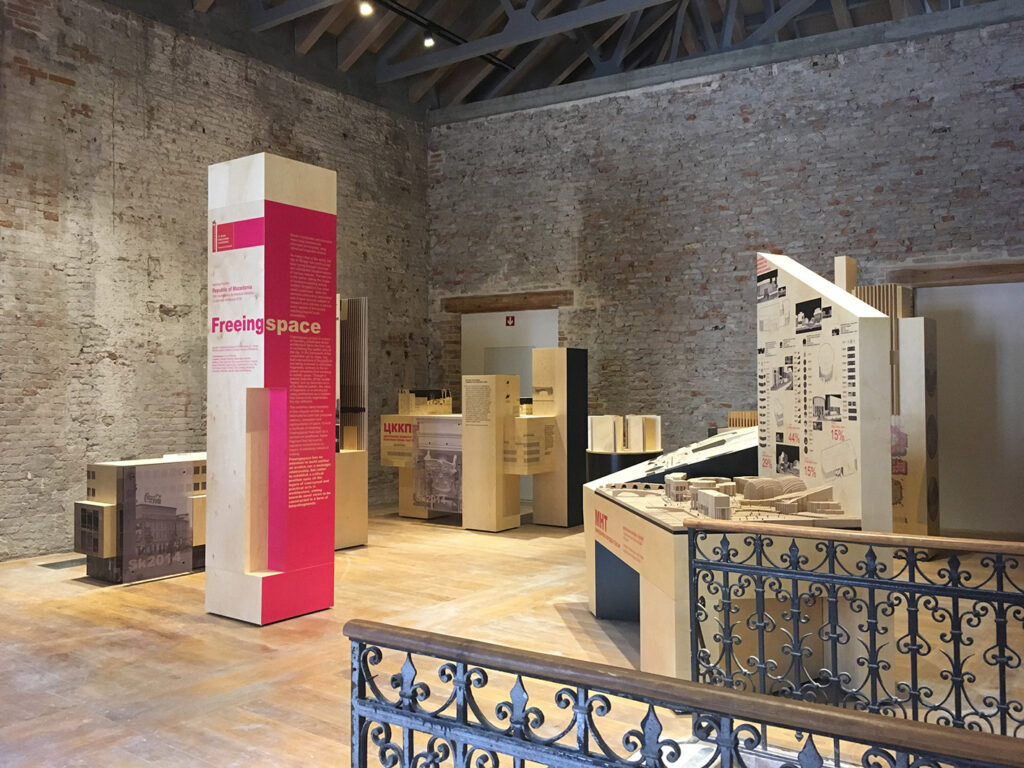
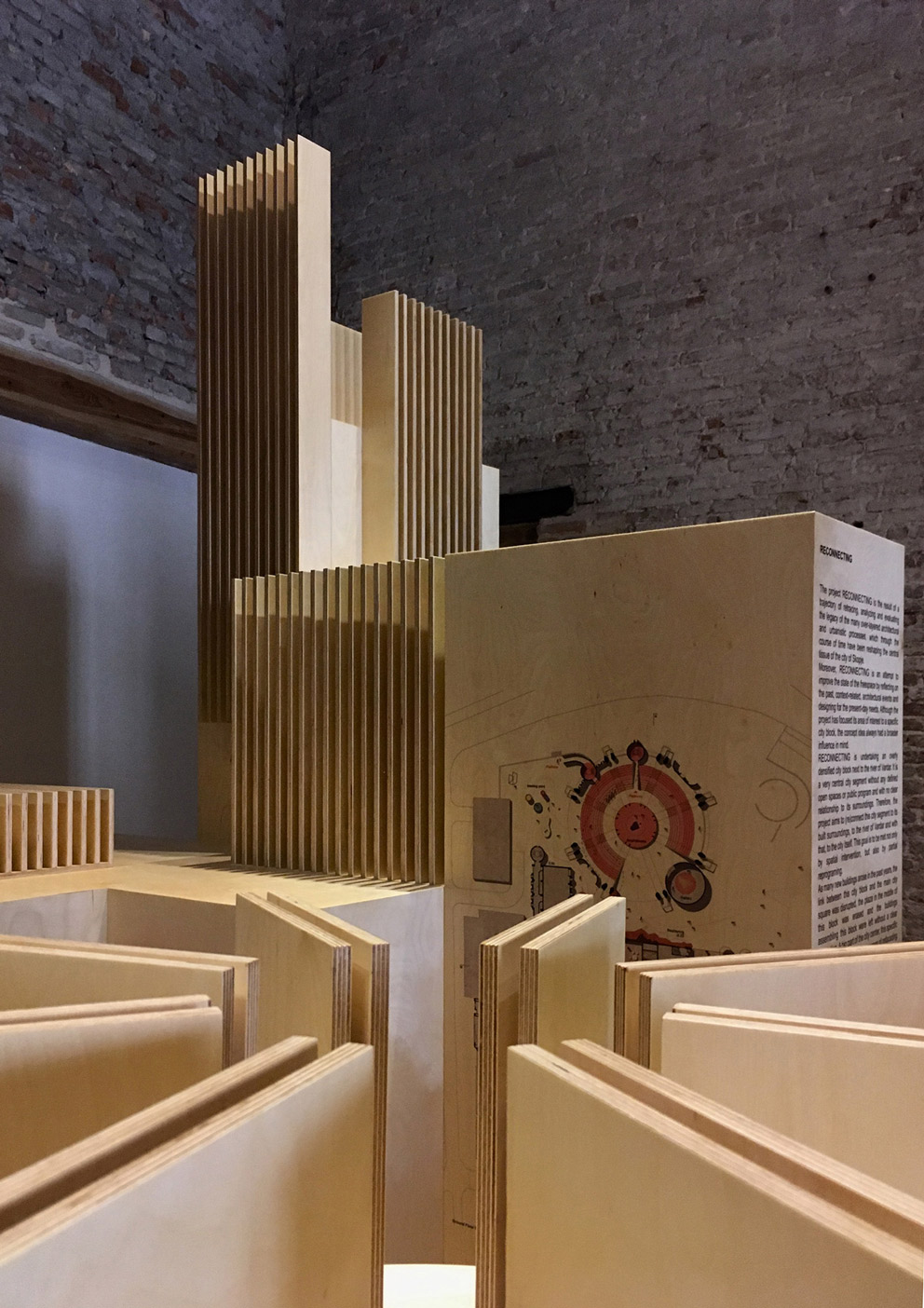
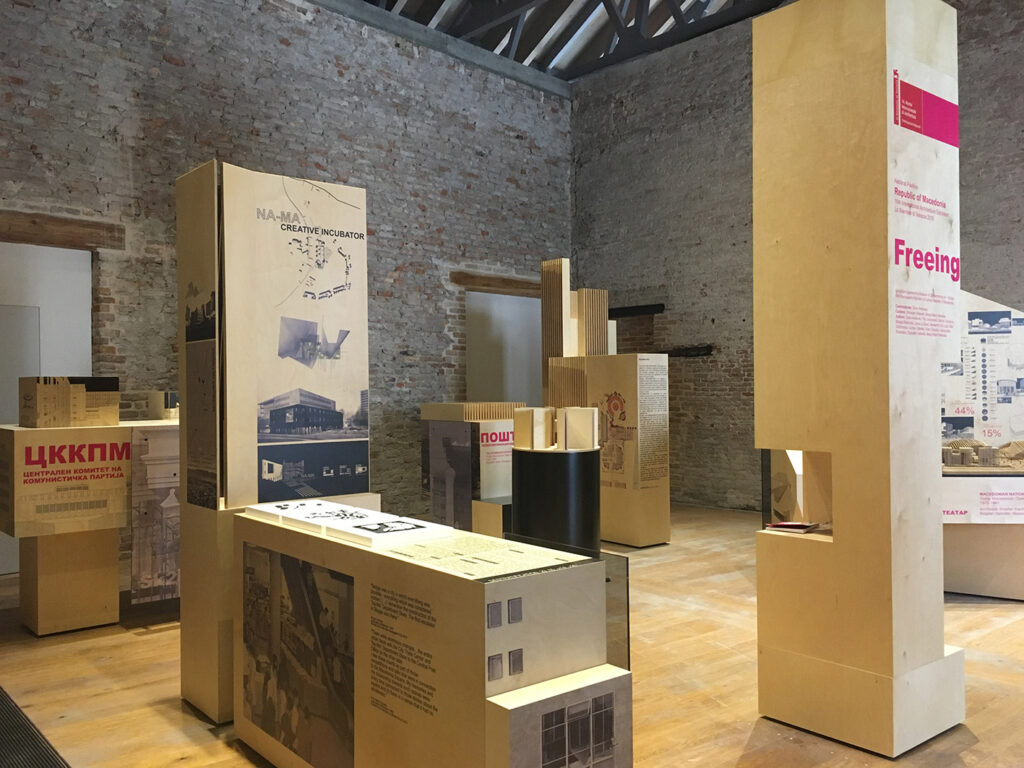
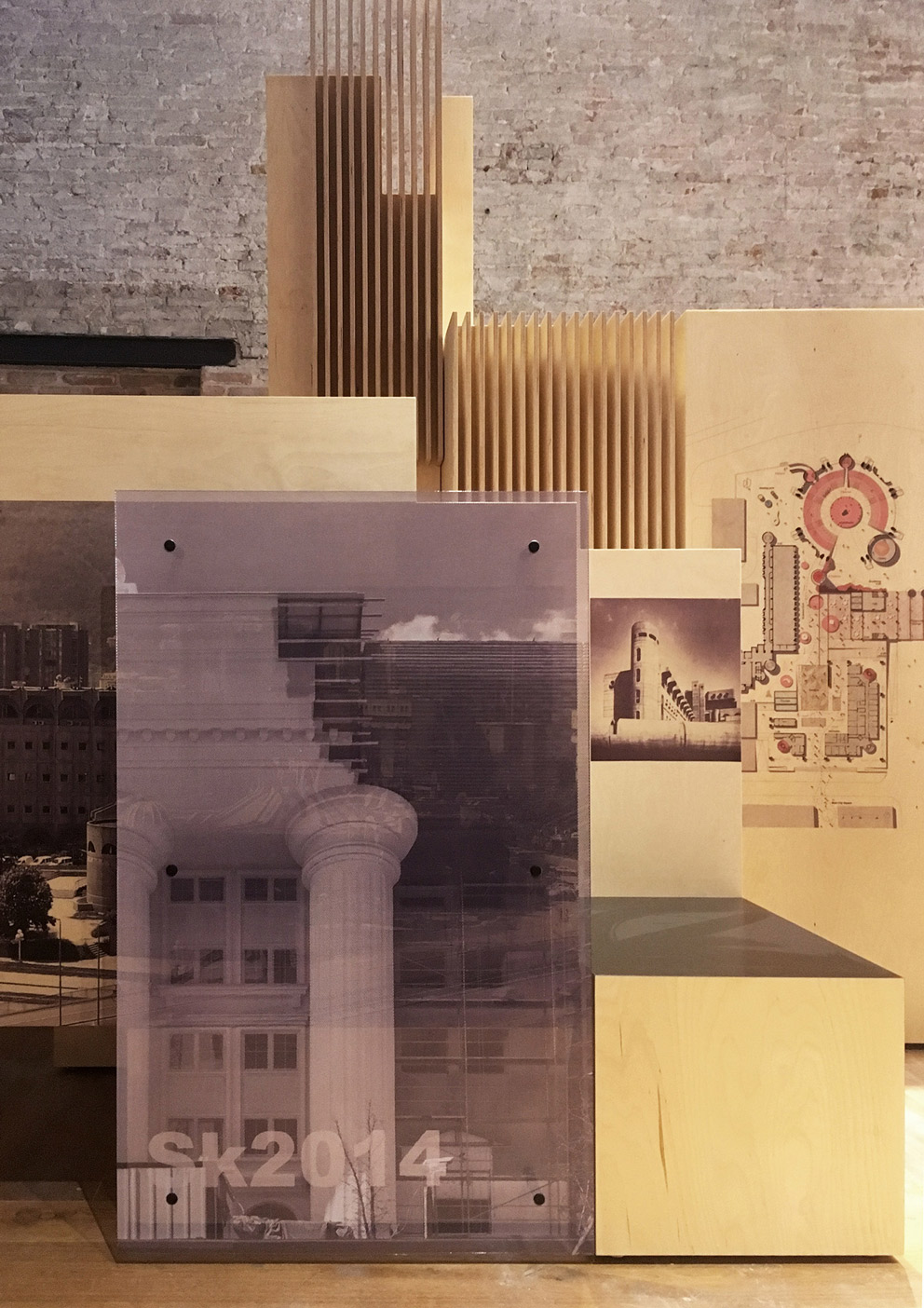
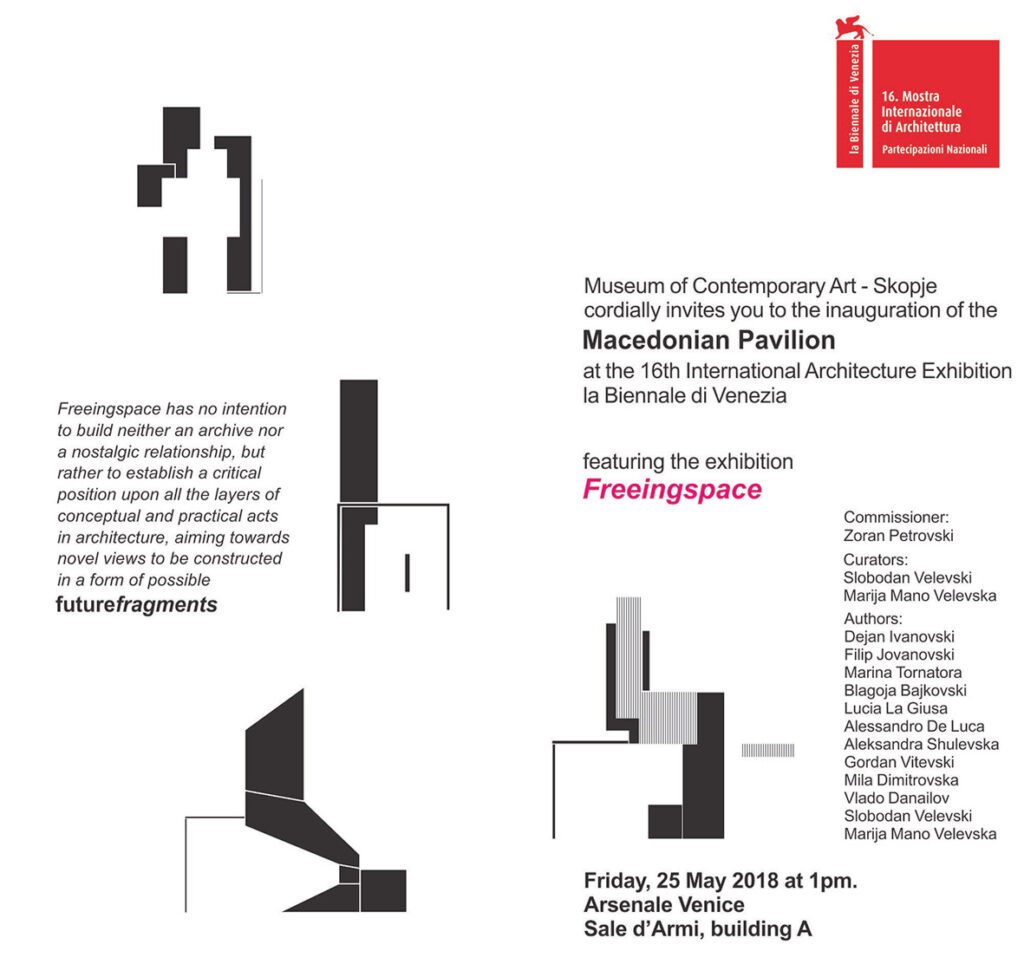
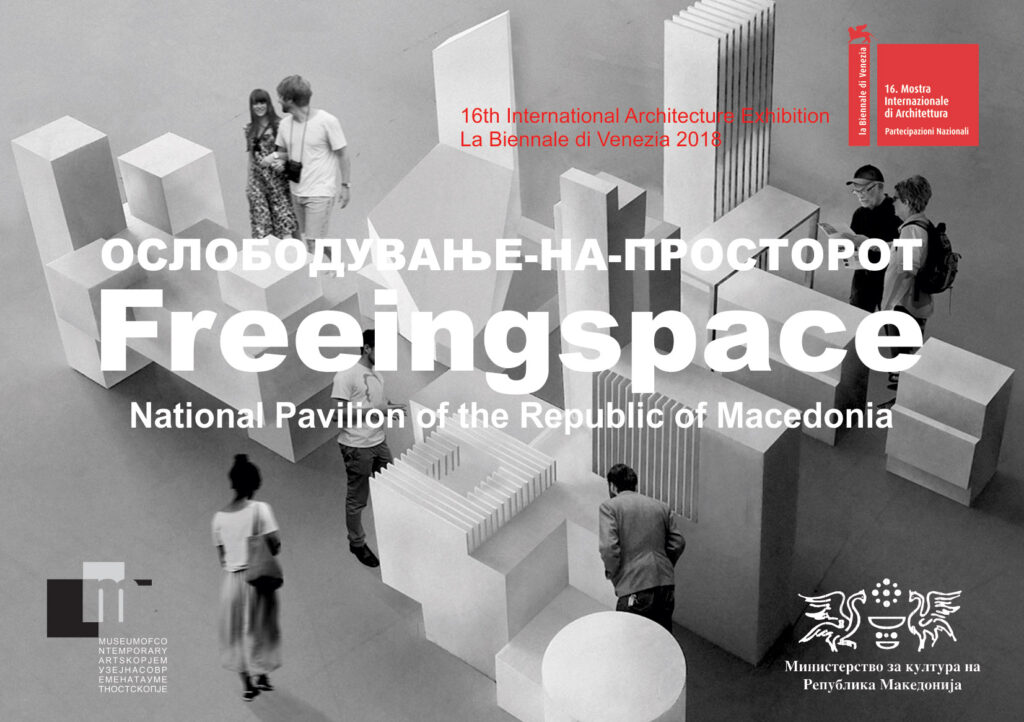
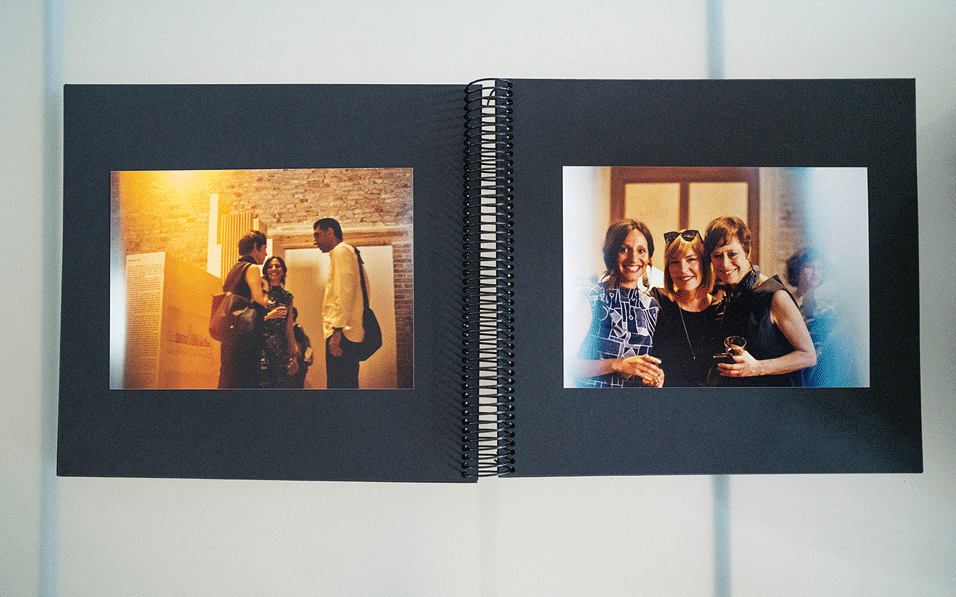
Photobook by Lea Bradasevic